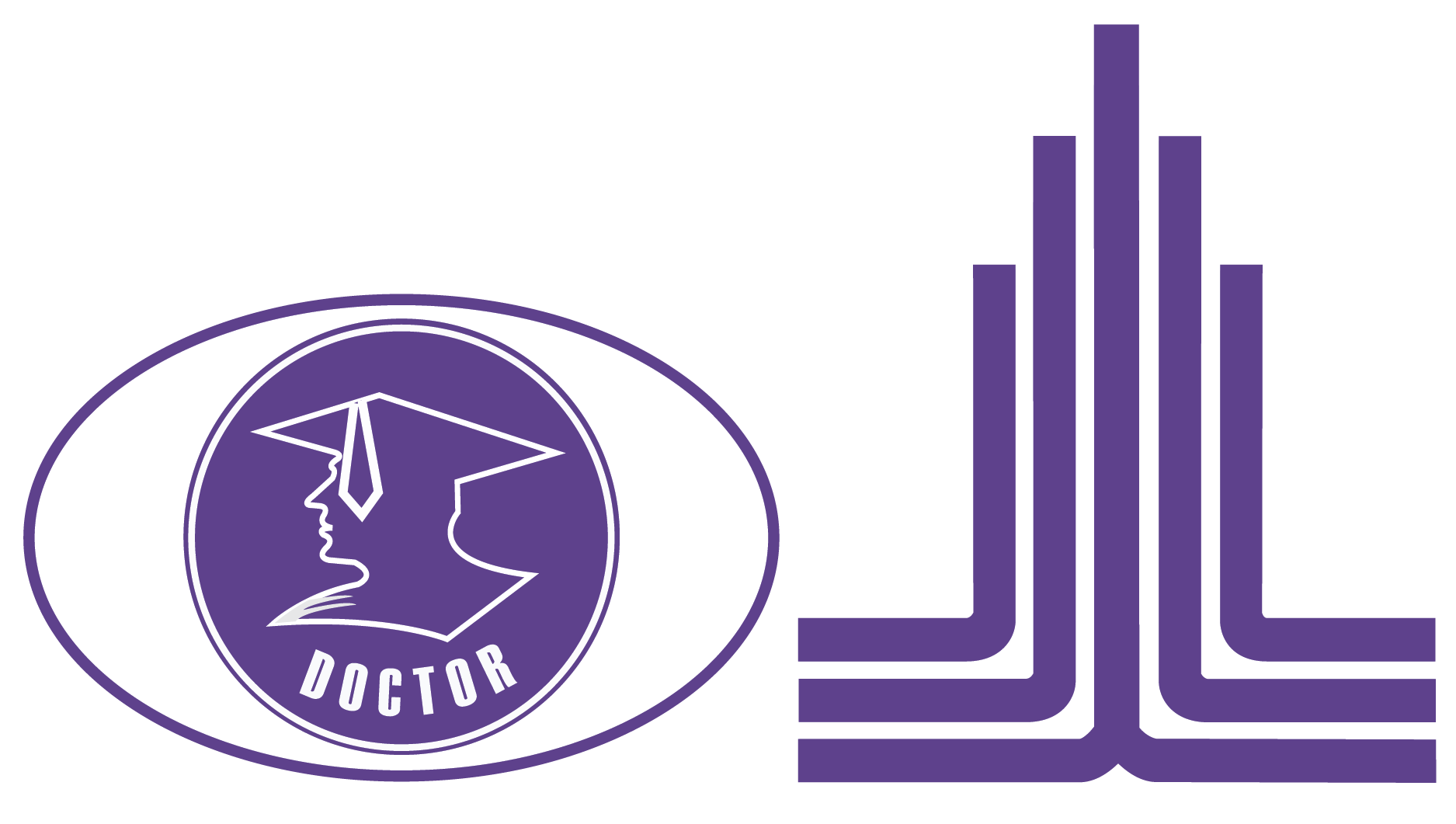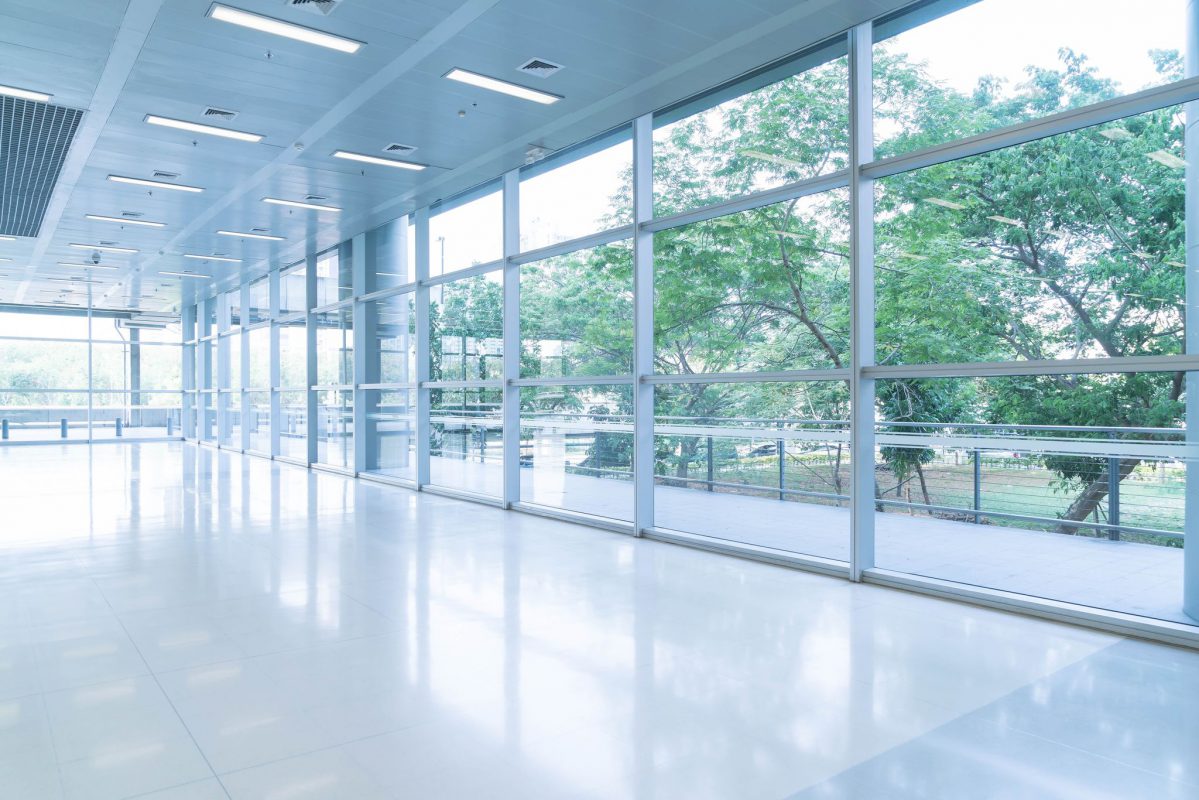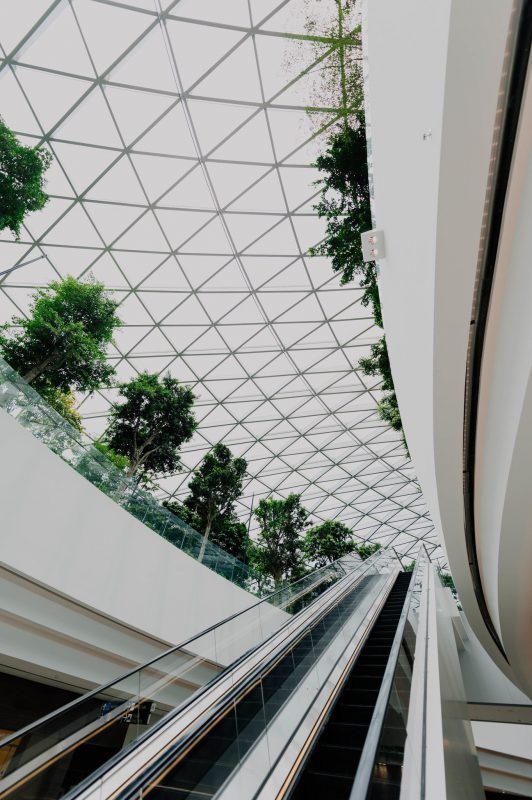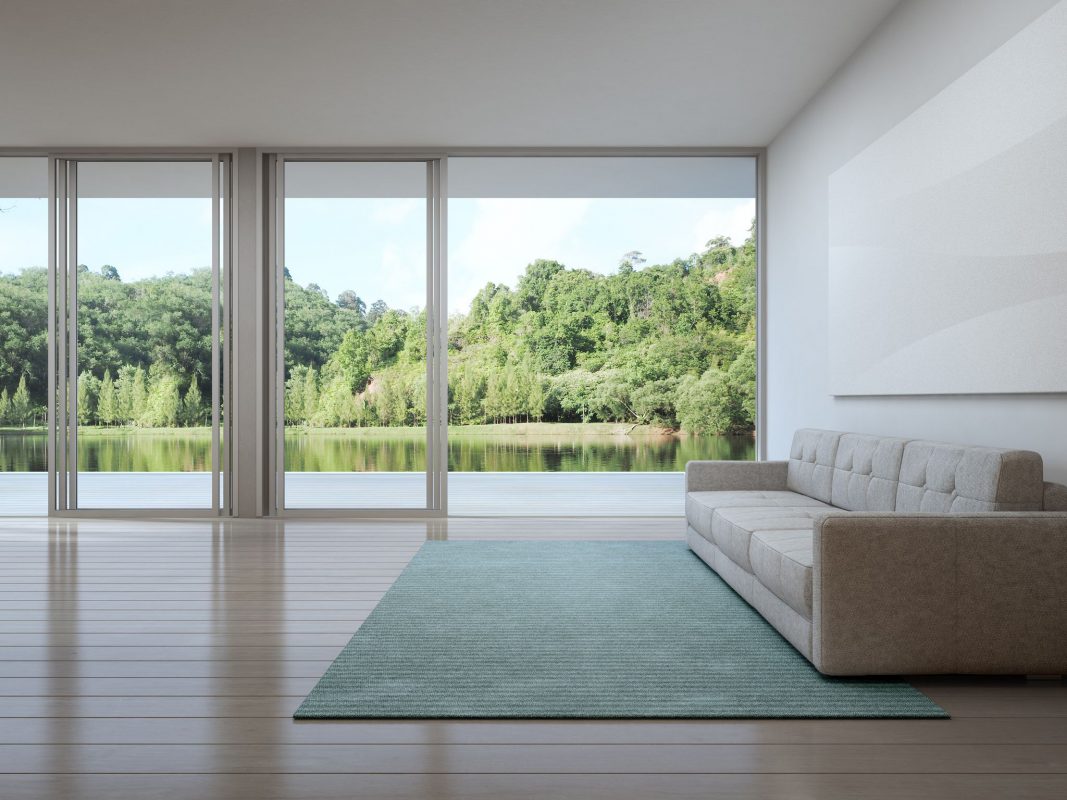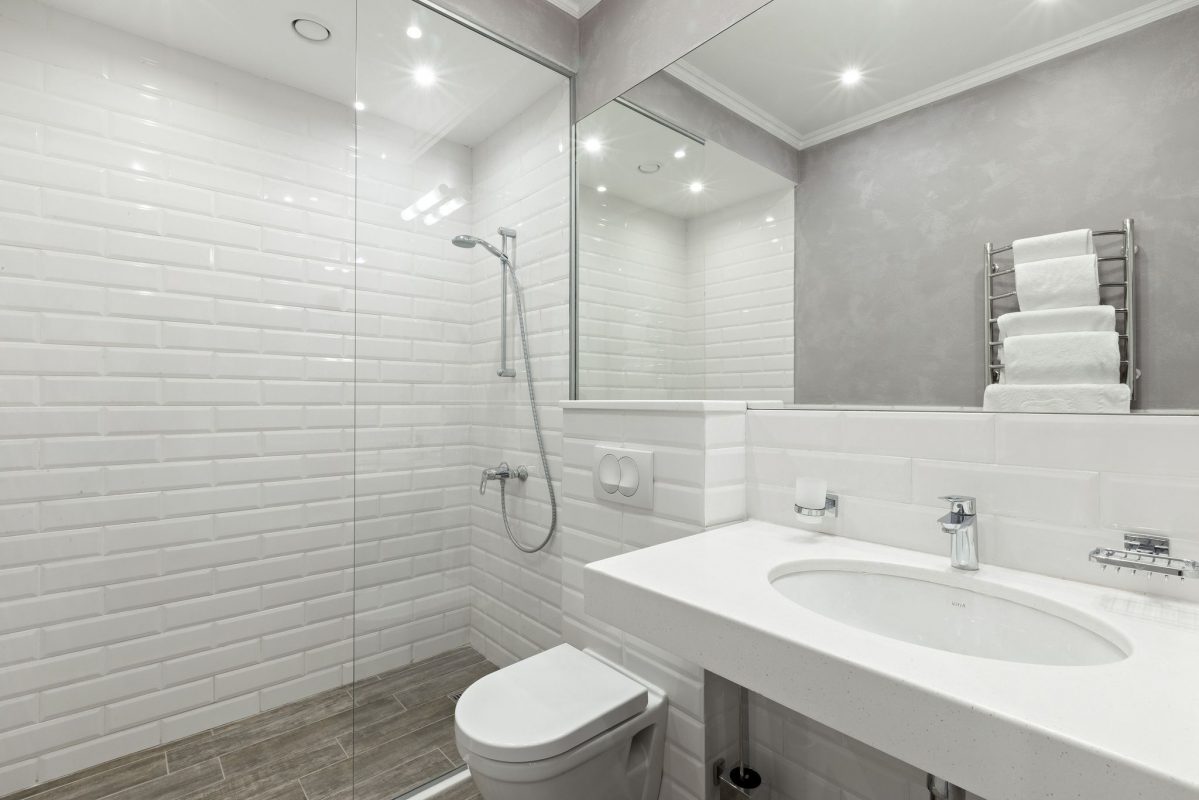EXTERIOR GLASS
In considering the use of building glass, it is necessary to consider the use in order to determine the properties of suitable glass. In addition to modern aesthetics, but also considering the safety of users. The usage characteristics can be divided into exterior glass and indoor glass with details as follows.
